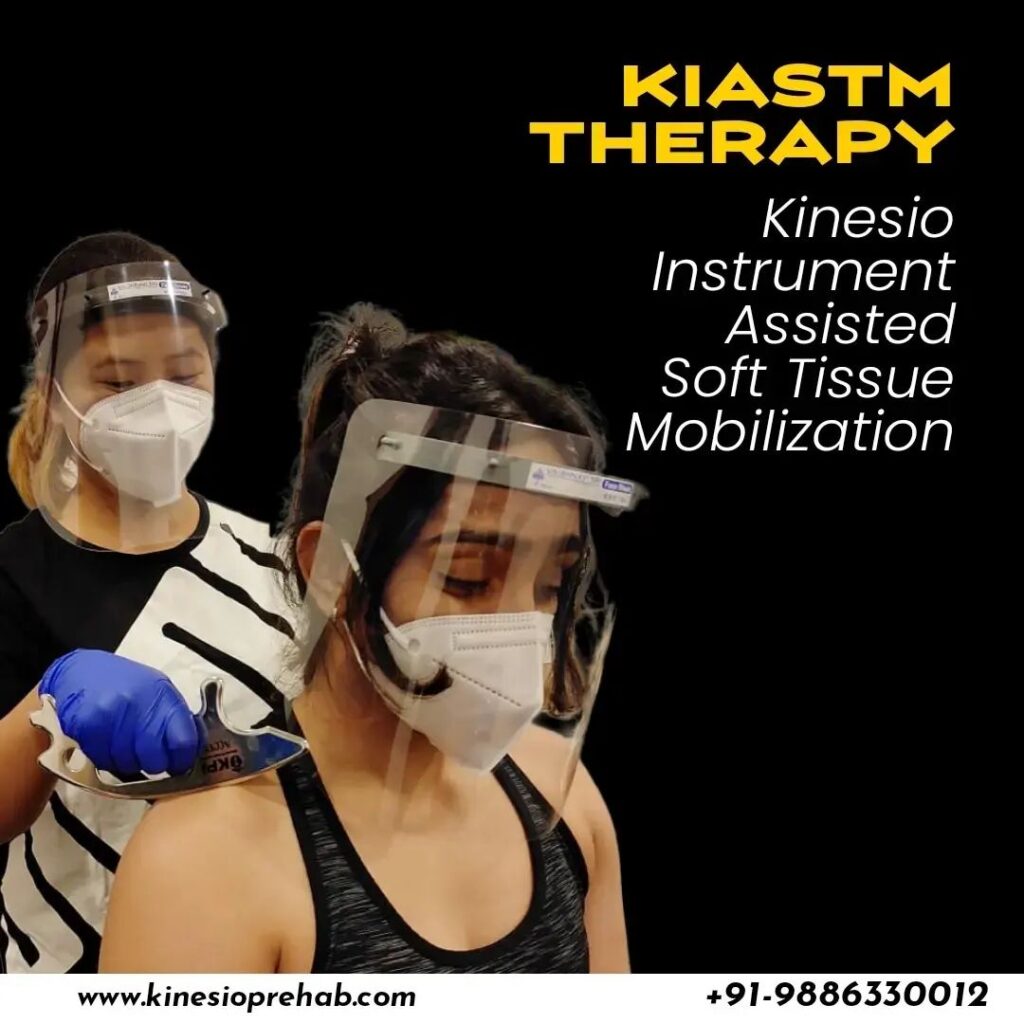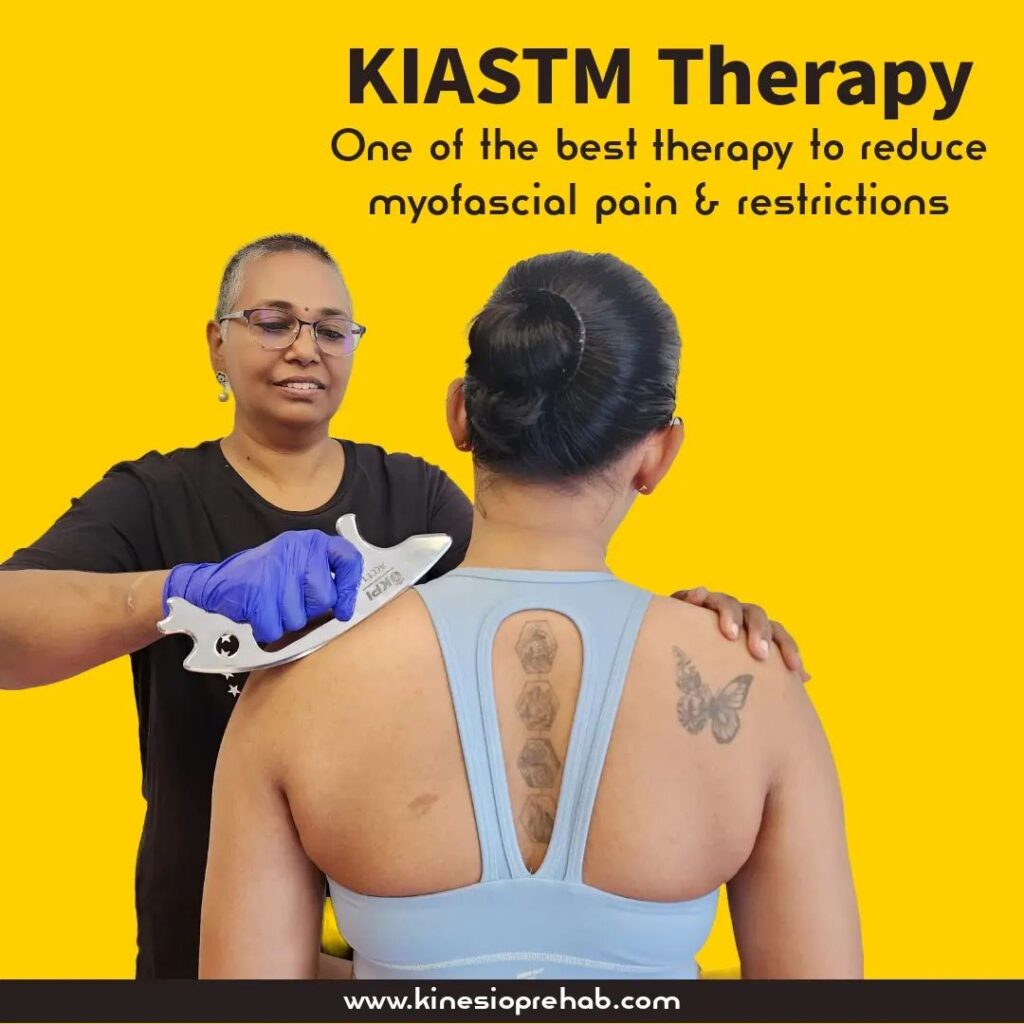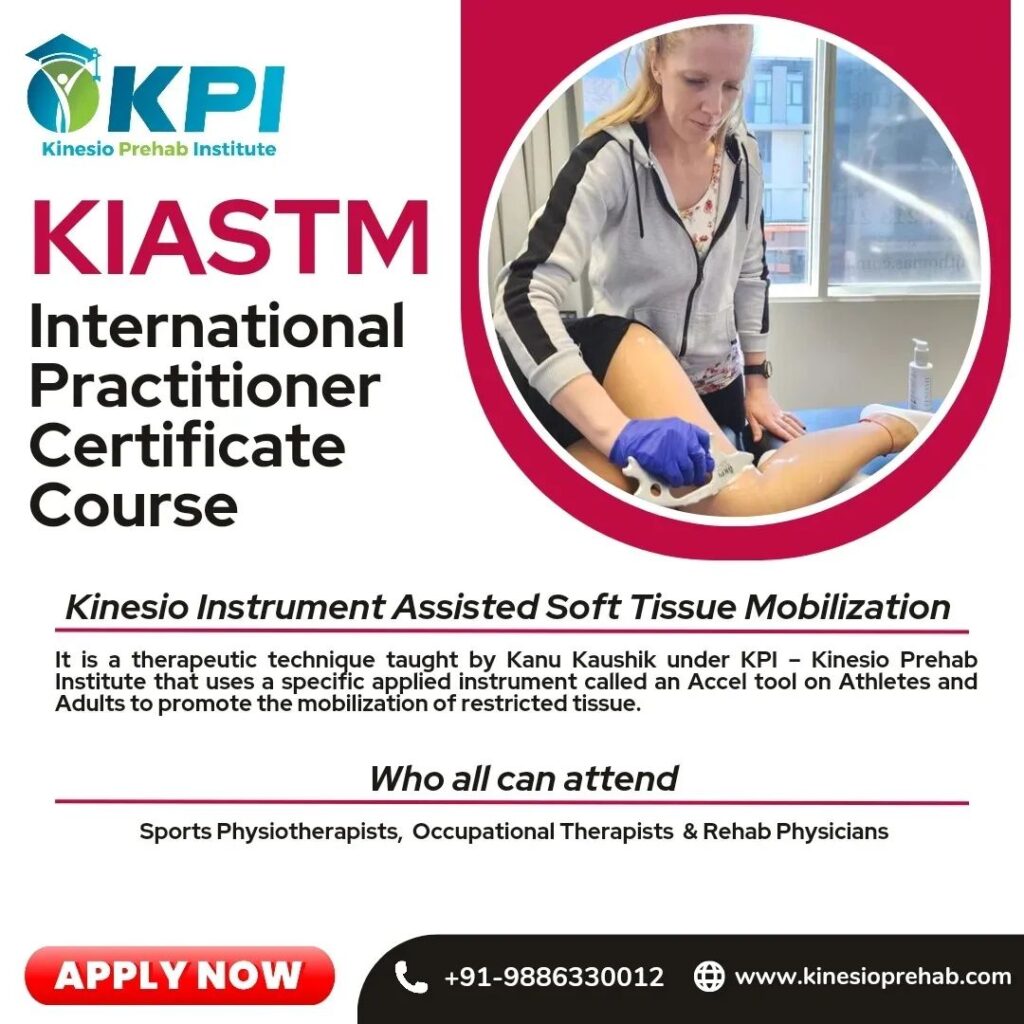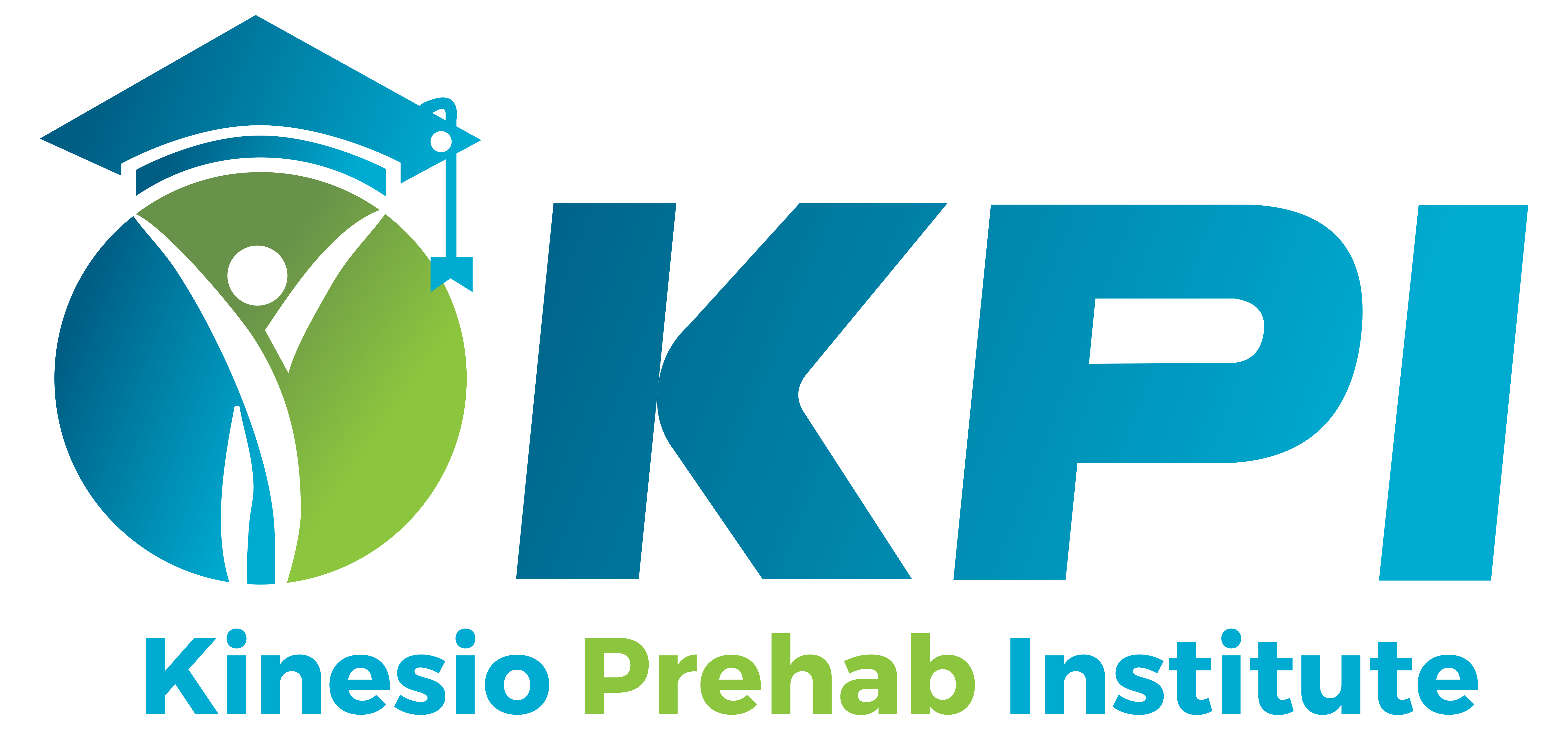Physiotherapists & Occupational Therapists, as healthcare professionals specializing in physical rehabilitation, play a crucial role in helping individuals recover from injuries, manage chronic conditions, and improve overall mobility and function. One valuable tool in the therapist’s toolkit is Kinesio instrument-assisted soft tissue mobilization (KIASTM), which involves the use of specialized instruments to effectively treat soft tissue dysfunction. Attending a KIASTM (Kinesio Instrument Assisted Soft Tissue Mobilization) Practitioner Course can provide physiotherapists & Occupational Therapists with essential skills and knowledge to enhance their practice and better serve their patients. Here are several reasons why physiotherapists & Occupational Therapists should consider attending such a course:

- Expanded Treatment Options: Adding KIASTM techniques to their repertoire enables physiotherapists to offer a wider range of treatment options to their patients. Different individuals respond differently to various interventions, so having multiple techniques at their disposal allows physiotherapists & Occupational Therapists to tailor treatment plans to meet the specific needs and preferences of each patient.
- Improved Treatment Outcomes: KIASTM techniques can enhance the effectiveness of soft tissue mobilization by providing targeted and precise treatment to areas of dysfunction. By effectively addressing soft tissue restrictions, scar tissue adhesions, and fascial limitations, physiotherapists & Occupational Therapists can help accelerate the healing process, reduce pain, and improve overall functional outcomes for their patients.
- Enhanced Patient Satisfaction: Patients often appreciate when their physiotherapists & Occupational Therapists incorporate innovative and effective techniques into their treatment plans. By attending a KIASTM Practitioner Course, physiotherapists can learn how to use specialized instruments skillfully and safely, which can contribute to improved patient satisfaction and adherence to treatment recommendations.
- Faster Recovery Times: KIASTM techniques have been shown to help expedite the rehabilitation process by promoting tissue healing, reducing inflammation, and restoring normal tissue function. By incorporating these techniques into their treatment protocols, physiotherapists may be able to help their patients achieve faster recovery times and return to their desired activities sooner.
- Evidence-Based Practice: A reputable KIASTM Practitioner Course will provide physiotherapists with evidence-based instruction grounded in current research and best practices. By staying up-to-date with the latest evidence and techniques, physiotherapists can ensure that they are providing their patients with the most effective and clinically relevant care possible.
- Professional Development: Continuing education is essential for physiotherapists to maintain and enhance their skills throughout their careers. Attending a KIASTM Practitioner Course not only allows physiotherapists to acquire new skills but also provides valuable opportunities for networking, collaboration, and professional growth within the field of physical rehabilitation.
- Comprehensive Assessment and Treatment: KIASTM techniques can complement other assessment and treatment modalities commonly used by physiotherapists, such as manual therapy, exercise prescription, and therapeutic modalities. By incorporating these techniques into a comprehensive treatment approach, physiotherapists can address multiple aspects of a patient’s condition and optimize outcomes.
- Safe and Effective Practice: Proper training and education are essential to ensure that physiotherapists can use KIASTM techniques safely and effectively. A KIASTM Practitioner Course will cover important topics such as instrument selection, technique application, contraindications, and precautions, helping physiotherapists minimize the risk of adverse effects and maximize the benefits of treatment for their patients.
Kinesio Instrument Assisted Soft Tissue Mobilization (KIASTM) is a therapeutic approach aimed at addressing soft tissue dysfunction and promoting healing through targeted manipulation using specialized instruments. This technique is taught by Kanu Kaushik, the founder of the KIASTM technique, who has expertise in the field of manual therapy and rehabilitation.
The KIASTM technique is often used as part of a comprehensive treatment plan for various musculoskeletal conditions, including sports injuries, repetitive strain injuries, and chronic pain syndromes.

Kanu Kaushik, as the founder of the KIASTM technique, brings his expertise and experience to teaching this approach to aspiring healthcare professionals. Through instruction and hands-on training, Kaushik aims to empower practitioners with the knowledge and skills needed to effectively implement KIASTM in clinical practice, helping patients achieve optimal outcomes and regain function and quality of life.
In conclusion, attending a KIASTM Practitioner Course can be highly beneficial for physiotherapists looking to enhance their clinical skills, improve treatment outcomes, and provide high-quality care to their patients. By learning how to effectively utilize Kinesio instrument-assisted soft tissue mobilization techniques, physiotherapists can expand their treatment options, accelerate the rehabilitation process, and ultimately help their patients achieve better functional outcomes and overall well-being.

